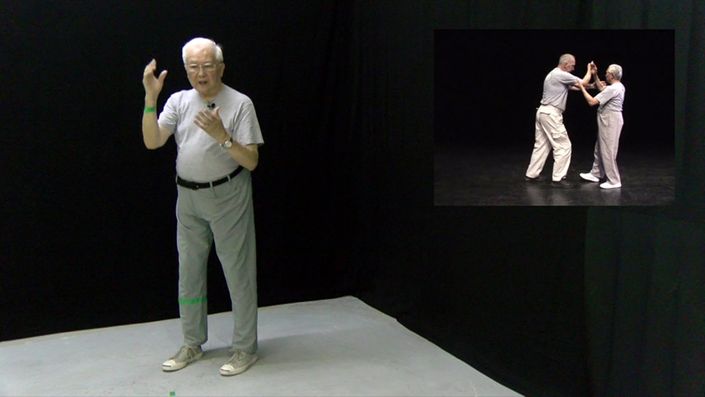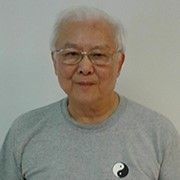
Classical Tai Chi Small Circle Form Instruction Part II
Forms 33-108, High Pat Horse to Closing Tai Chi
In Part 1, you have learned the Square Form from Form 1 to Form 32. And, you have begun to integrate the distinctive square movements to the continuous round movements. Notice that the choreographic movements in the Round Form are continuous with no distinctive starting and ending points. This is also reflected in your internal movements. Your core muscle movements are more subdued, not as pronounced as in the Square Form.
You need to know that these lessons teach internal discipline only on those more prominent moves in the Form. Once you get a good feel about how to use the internal discipline in your movements, you should extend that to all moves in the Round Form on your own, including those small transitional moves.
You should sense the internal energy in your body when you make an internal move. My previous students all told me that they felt a pleasant sensation come with the internal energy flow in the body. In fact some said that these pleasant sensations were the reason that they want to learn and practice the Form.
When you are able to move with a smooth flow, and to have the ability of maintaining internal discipline on every move during practice the Round Form without break, then your internal energy and Qi will circulate in your body continuously. This is the ultimate goal of practicing the Small Frame Round Form. You will have the tool to live forever in the spring season of your life.
This course now includes access to the WhatsApp Classical Tai Chi Group when you Enroll. This community will allow you to find others in the course to exchange experience and contact your instructor directly.
Your Instructor

Dr. Stephen Hwa is the 2nd generation disciple of the legendary Tai Chi Master Wu Chien Chuan, founder of Wu Style Tai Chi. Master Hwa was fortunate to be taught the advanced “Small Circle, or Small Frame Tai Chi Form” where every movement originates from the core of the body. Because of the depth and subtlety of learning this art in addition to the early Master’s desire to pass on this art to only a few selected students, few Tai Chi practitioners now know about these exercises. Yet, the ultimate objective of learning Tai Chi is to learn the totally internal Small Frame, while other large frame exercises practiced by most Tai Chi practitioners today are simply preparatory in nature. During his forty years of practicing and teaching this art, Hwa has been able to utilize his advanced scientific training (PhD in Engineering) to deconstruct the art to come up with new teaching methods to break through obstacles in learning, so more people can learn these advanced movements quickly. He has written a book, Uncovering the Treasure: Classical Tai Chi’s Path to Internal Energy & Health, and created several online courses about Classical Tai Chi. For more information please visit classicaltaichi.com
Course Curriculum
-
StartForm 33, Left High Pat Horse, to Form 39, Step Forward Punch Down (14:26)
-
StartForm 40, Rotate Body Punch, to Form 54, Cross Hands (14:55)
-
StartForm 55, Oblique Brush Knee Push Step, to Form 72, Single Whip (24:34)
-
StartForm 73, Cloud Hands, to Form 88, Single Whip (16:53)
-
StartForm 89, Cloud Hands, to Form 108, Closing Tai Chi (19:49)
-
StartRound Form in its Entirety (back View). (9:21)
